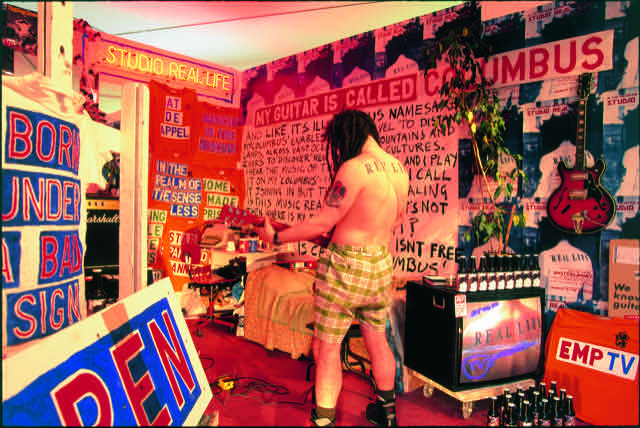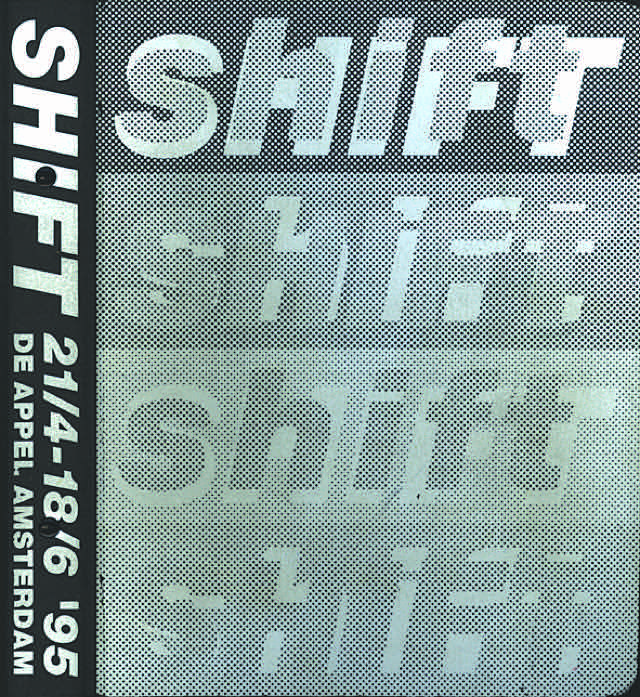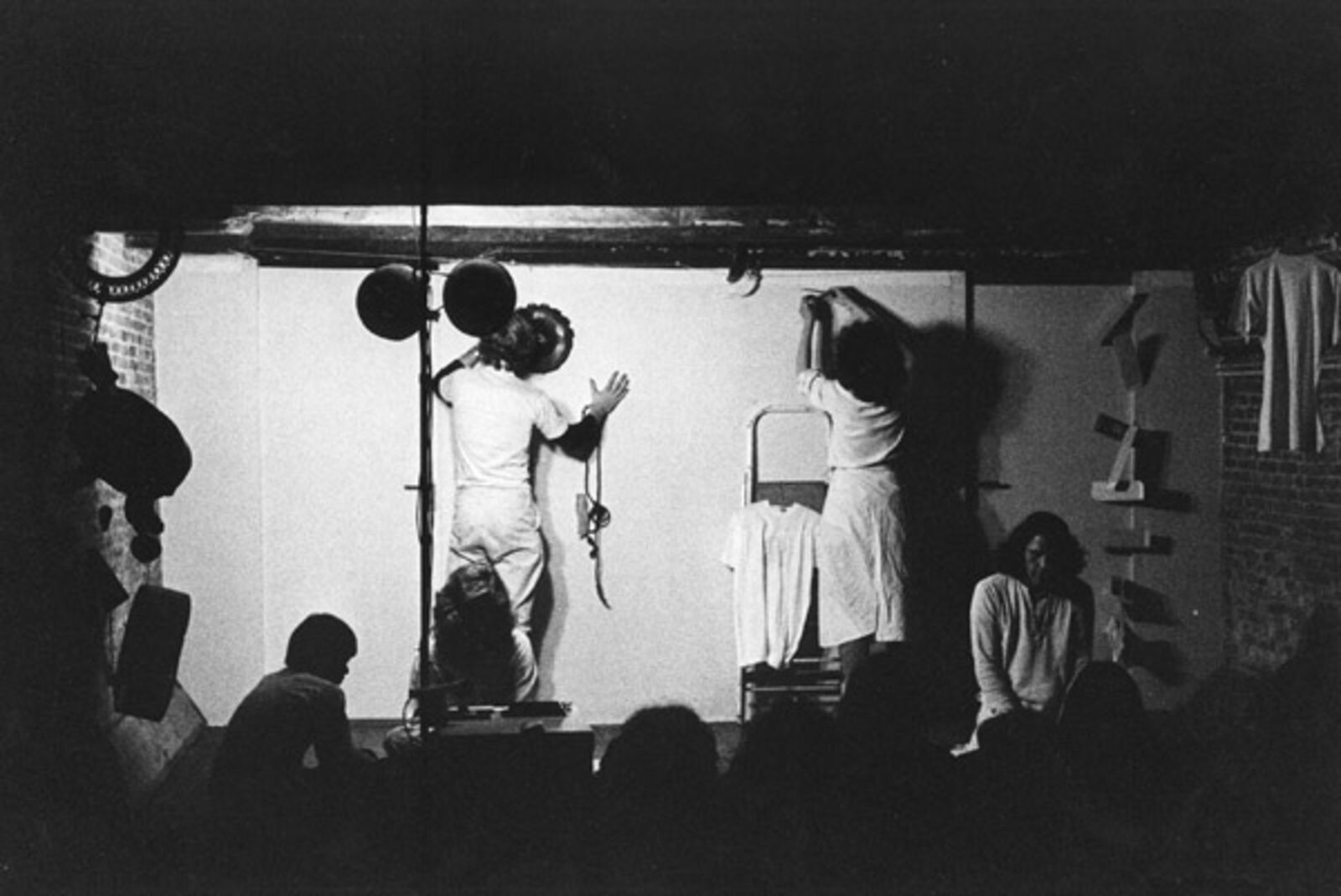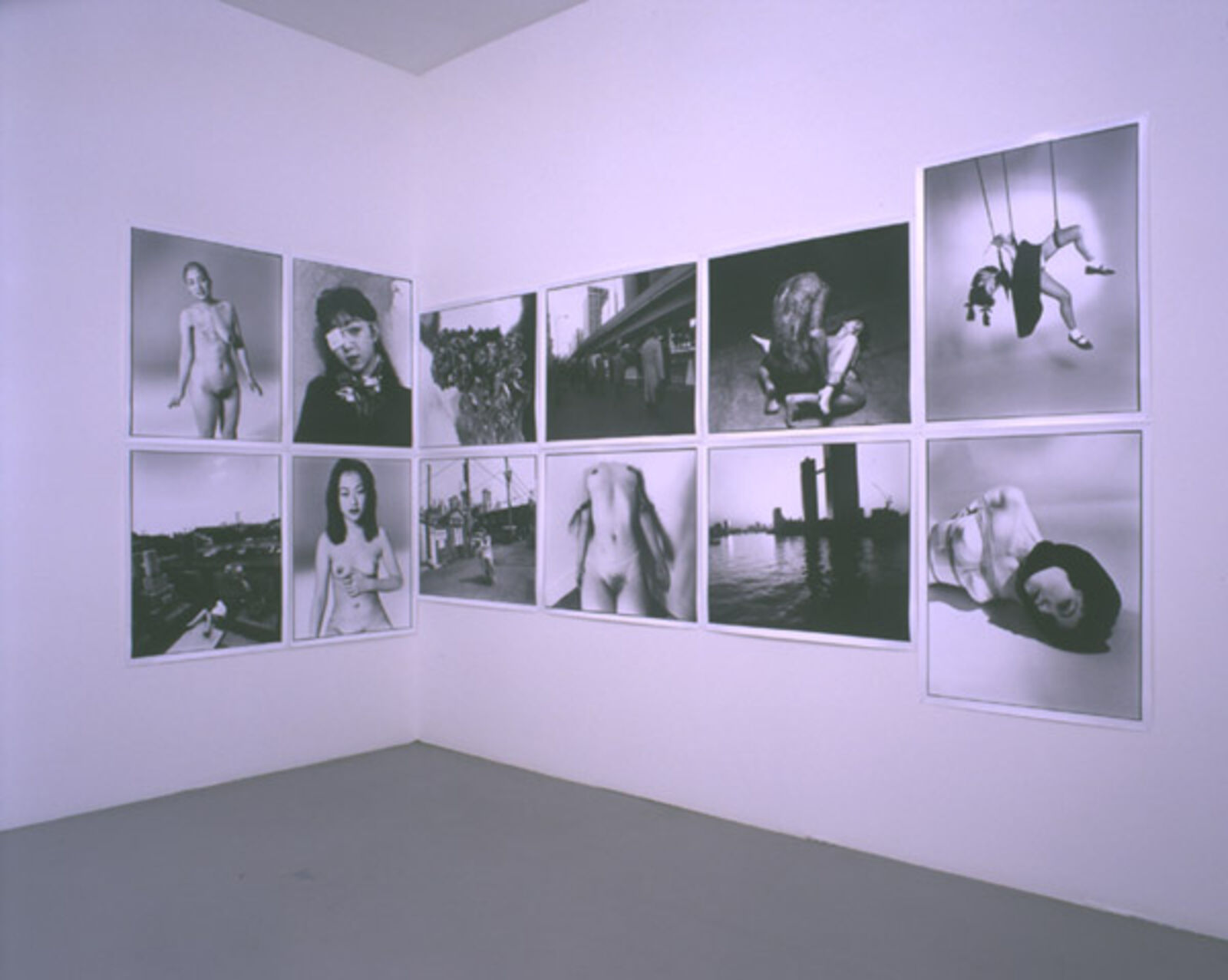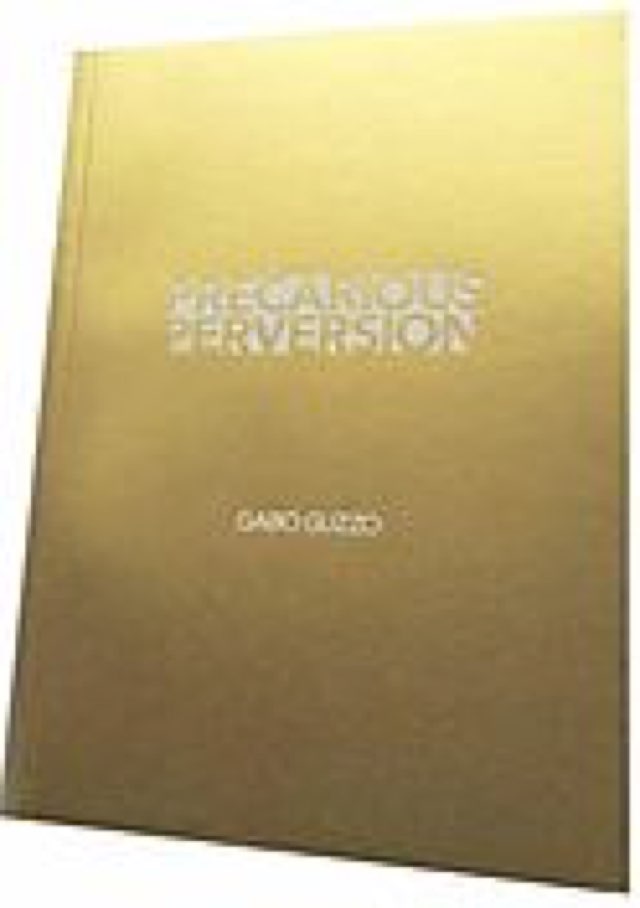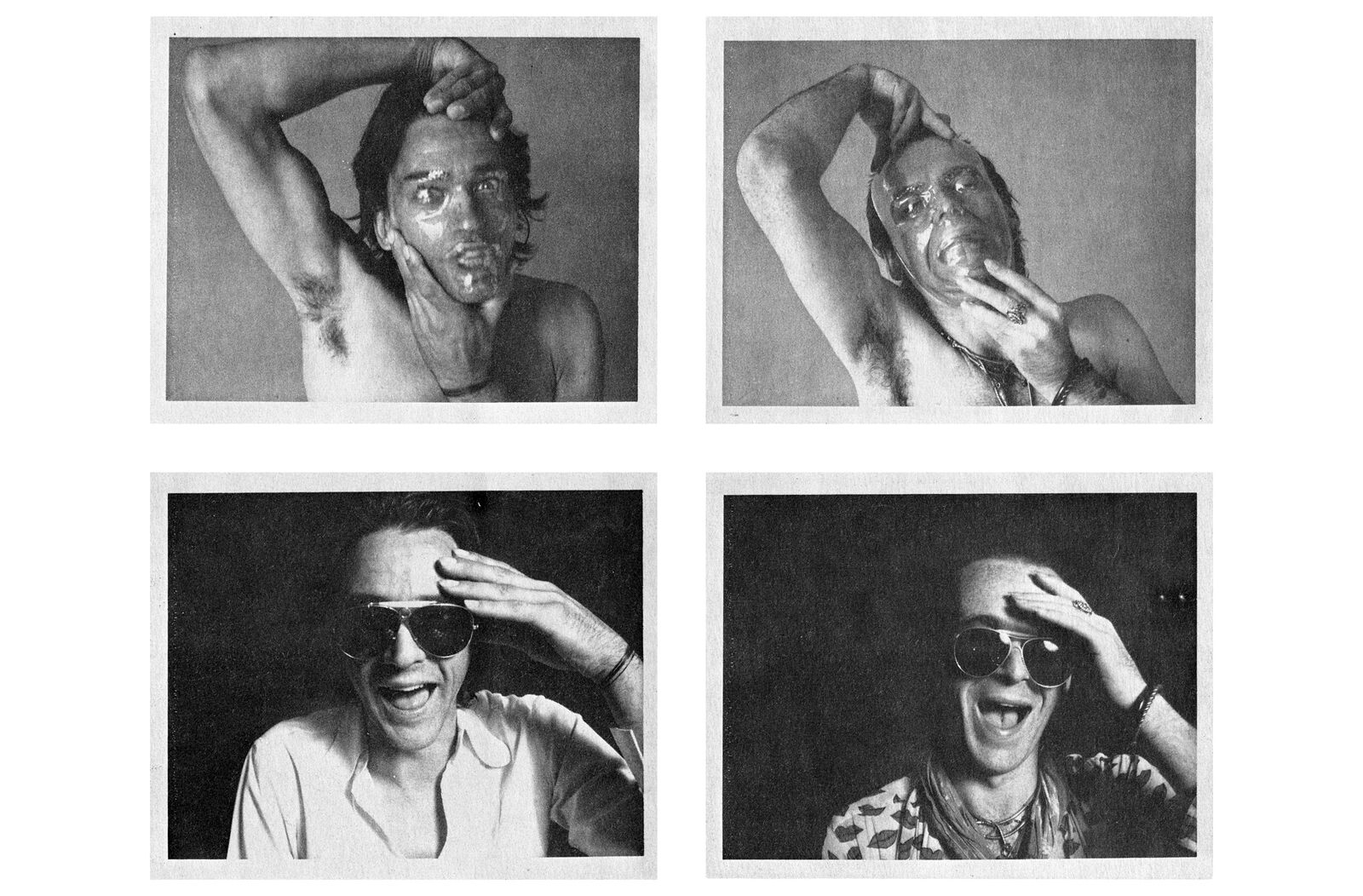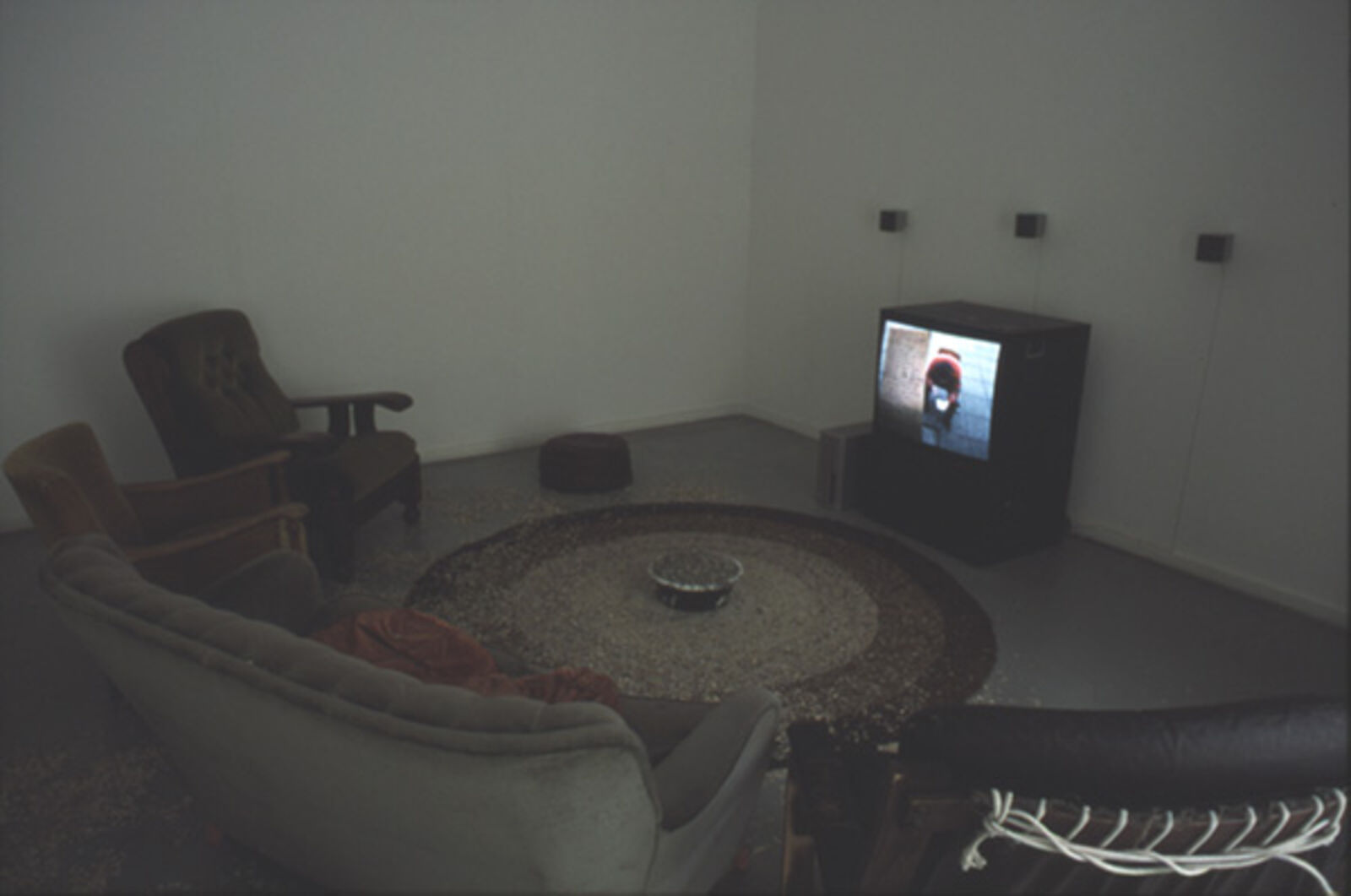shift
22.04–18.06.1995
de Appel, Nieuwe Spiegelstraat 10, Amsterdam
de Appel, Nieuwe Spiegelstraat 10, Amsterdam
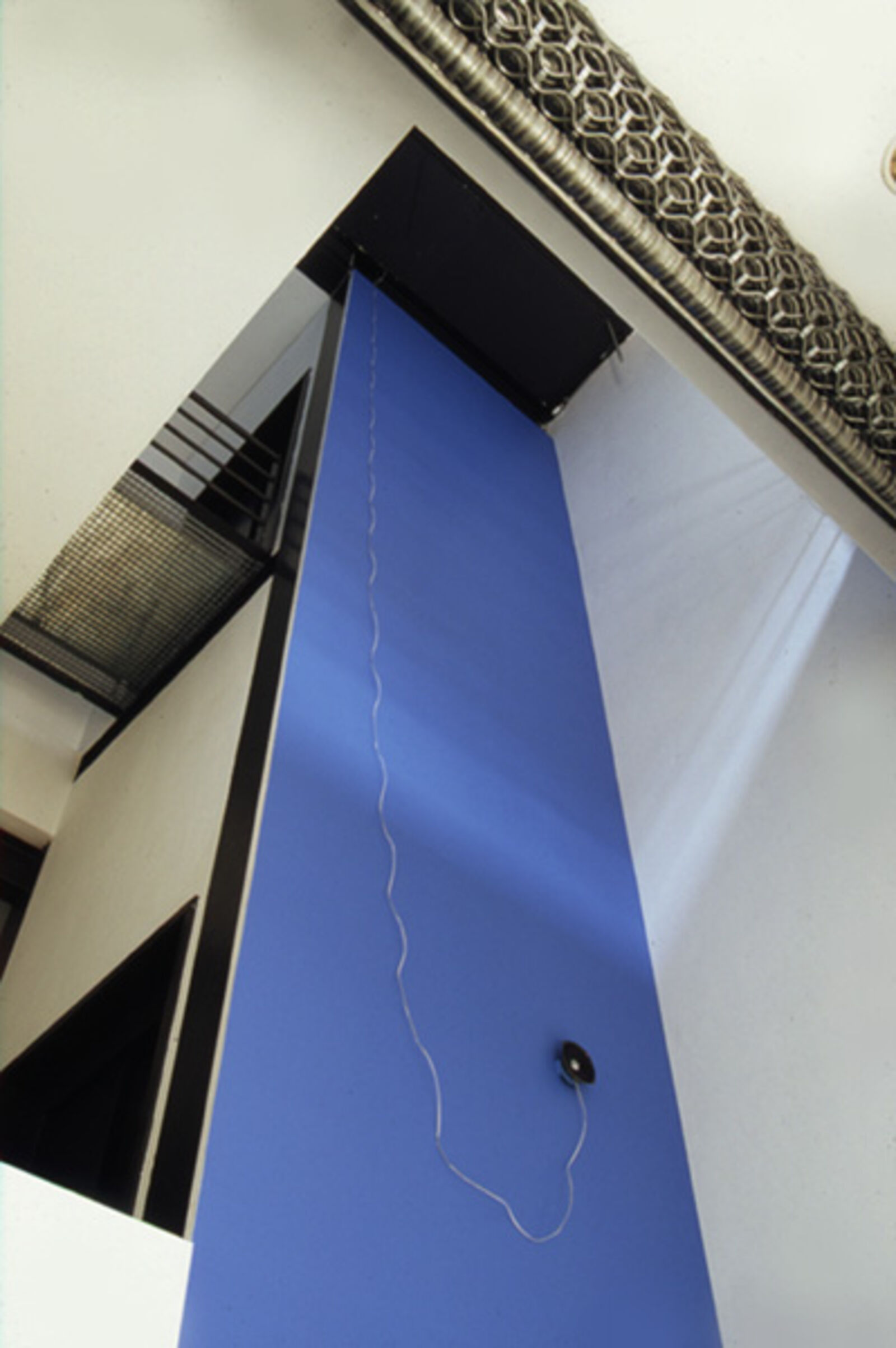
Jacqueline Donachie, Home Taping, 1995
© Arnd Bronkhorst, Amsterdam
© Arnd Bronkhorst, Amsterdam
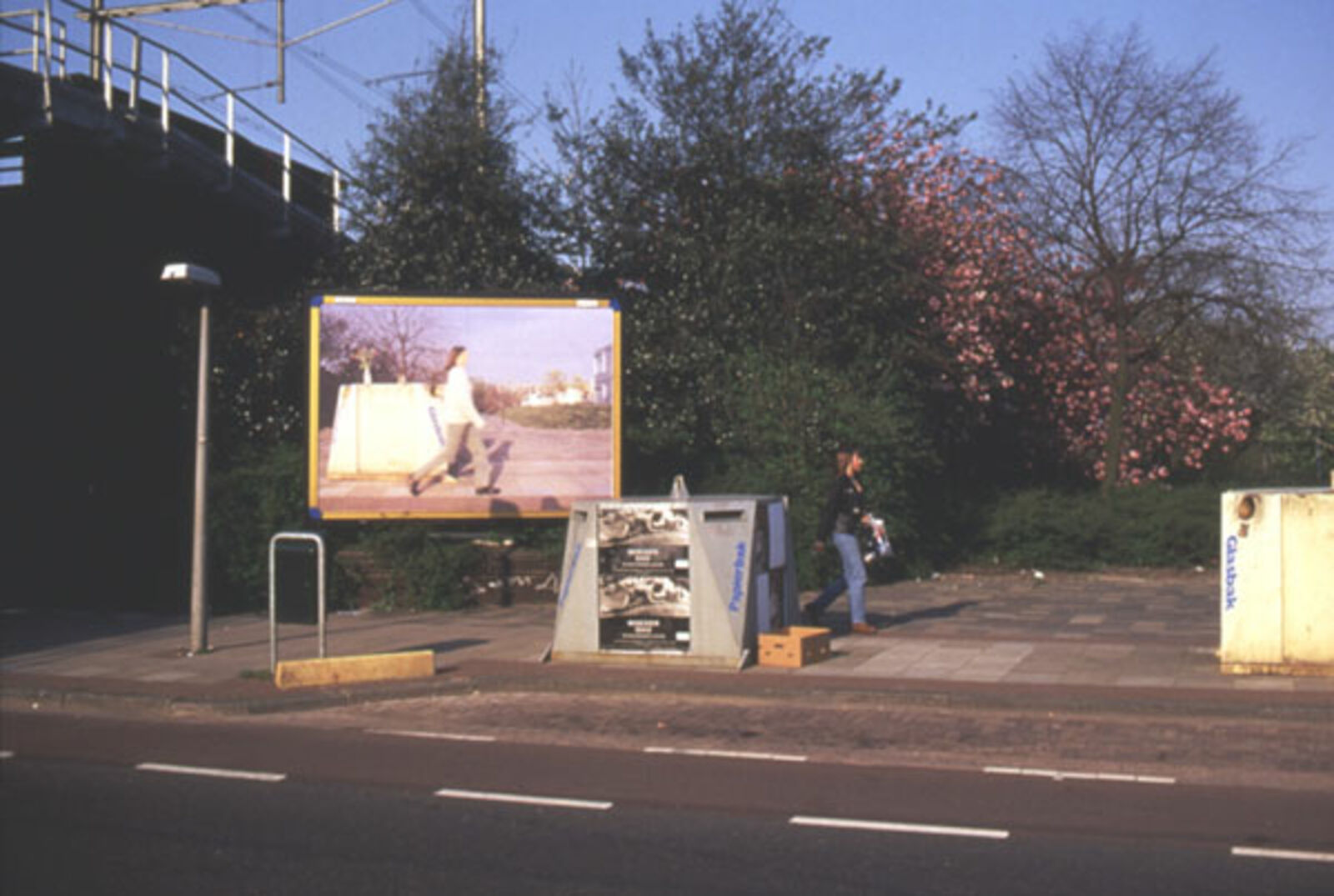
Pierre Huyghe, billboard, Linnaeusstraat/Tugelaweg, Amsterdam, 1995
© Arnd Bronkhorst, Amsterdam
© Arnd Bronkhorst, Amsterdam
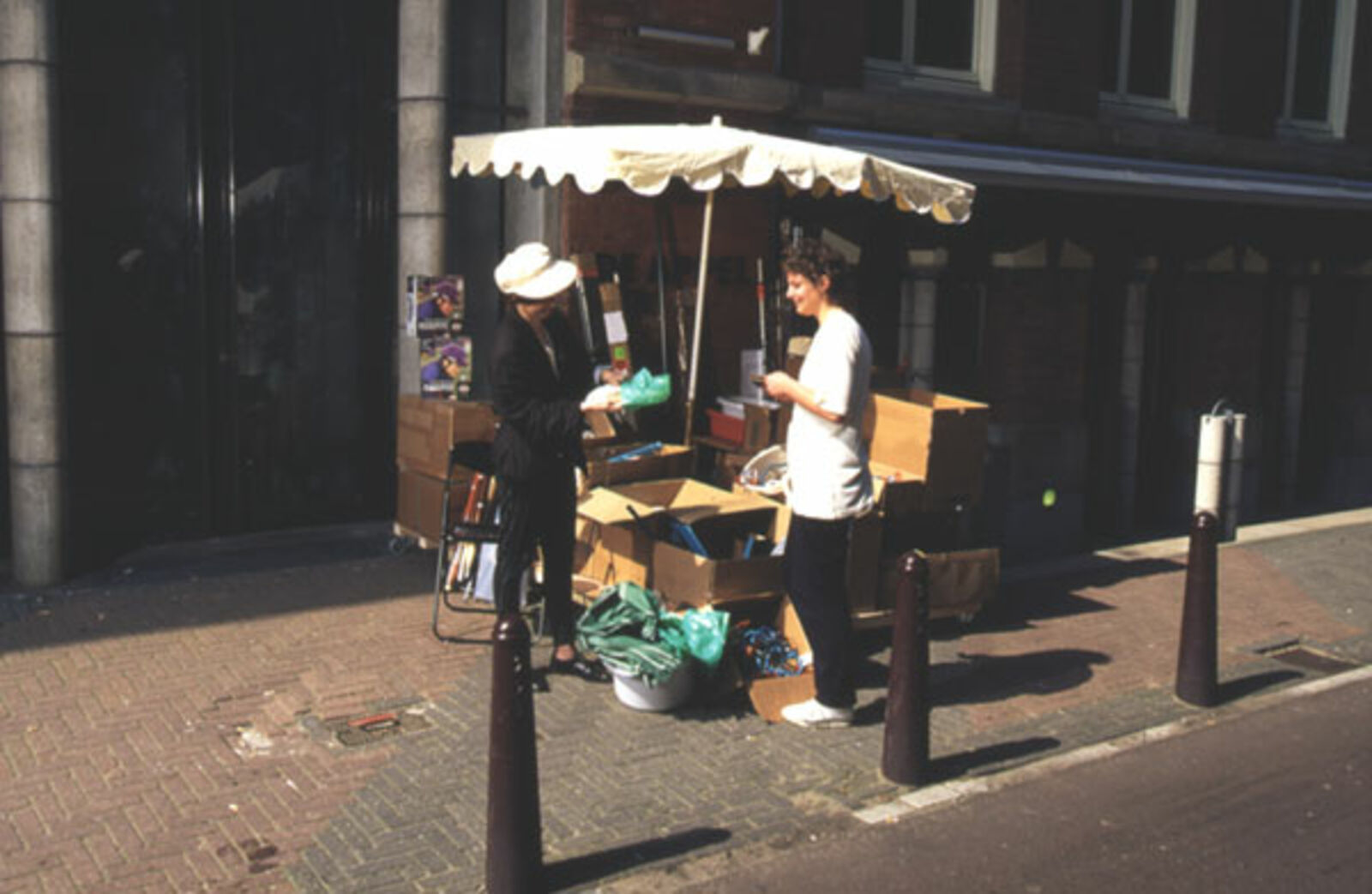
Fabrice Hybert, Hybertmarché, 1995
© Arnd Bronkhorst, Amsterdam
© Arnd Bronkhorst, Amsterdam
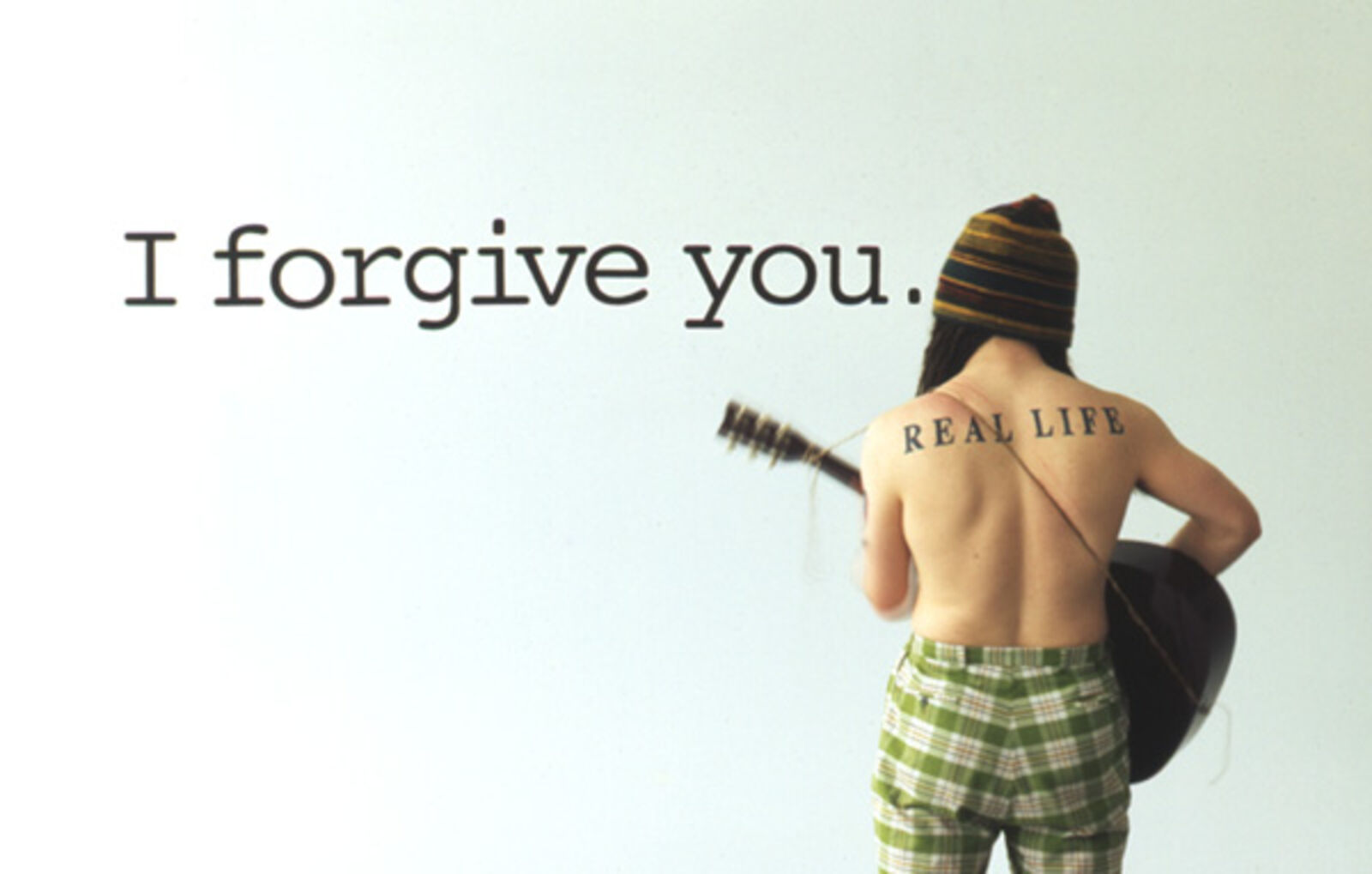
Ross Sinclair in front of Douglas Gordons Letter no. 5, 1992
© Arnd Bronkhorst, Amsterdam
© Arnd Bronkhorst, Amsterdam
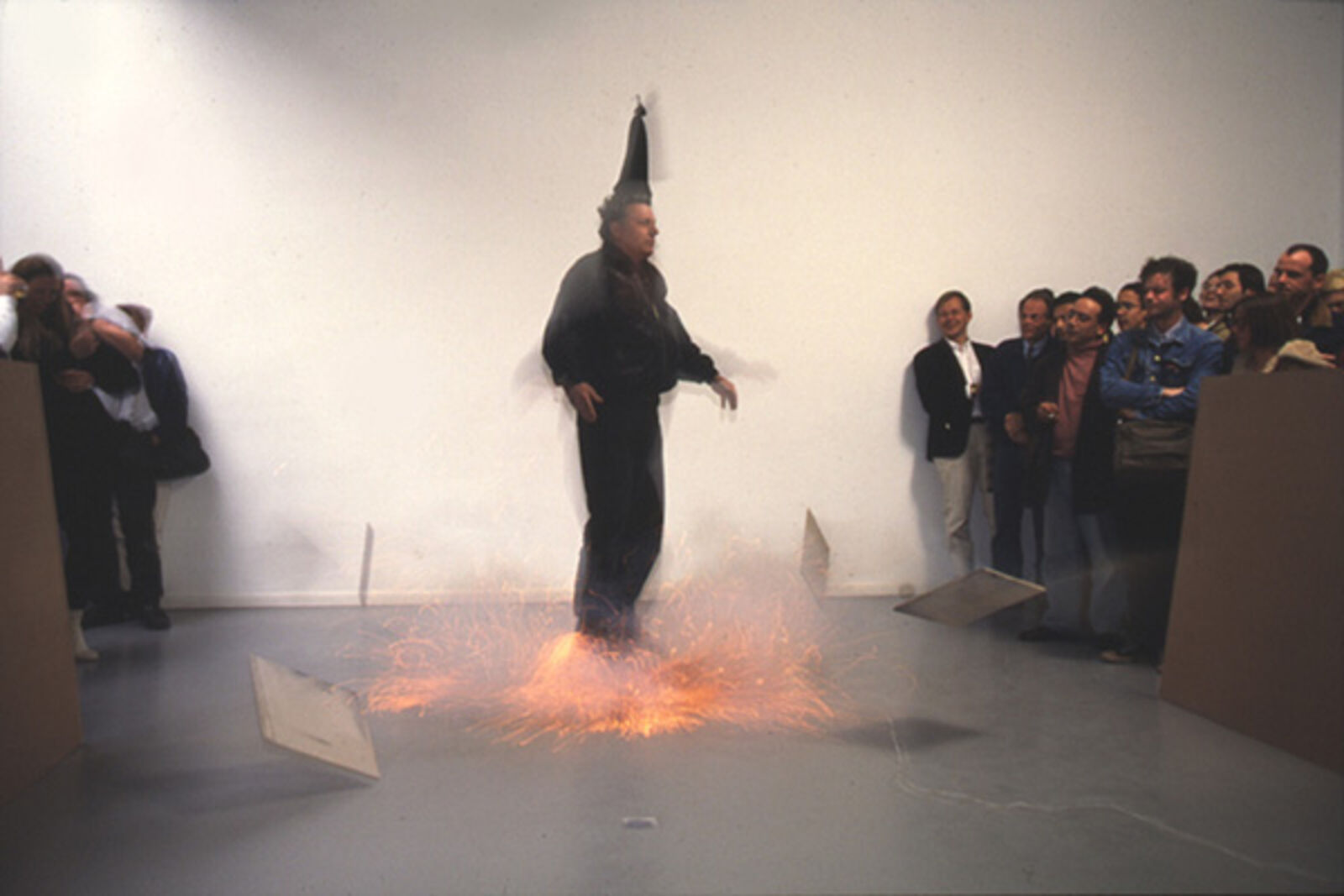
Roman Signer, Aktion mit einer Kiste und Kappe, 1995
© Arnd Bronkhorst, Amsterdam
© Arnd Bronkhorst, Amsterdam
The participants of the Curatorial Training Programme 1994-1995 organised the exhibition shift. shift was an exhibition that aimed to show a change that had taken place, not a drastic one, but one that was almost incidental, unobtrusive; it was an attempt to change direction. A change in presentation was needed because contemporary art showed new relations with reality, with experiences, images and objects that one is confronted with every day. The fourteen artists, from Holland and abroad, were chosen for their unusual materials and spontaneous manner of presenting their work, making an immediate appeal to their public. Viewers would recognise themselves in these events and would feel invited to participate, as they sauntered through the building full of images, sounds and smells. The exhibition space was conceived of as undefined and flexible - there was no longer any hierarchy of above and below, front and back, of corridors, rooms, staircases and toilets. At the opening three events took place. Roman Signer stood on a wooden crate; an explosion occured and the crate collapsed producing a desired effect. Ross Sinclair had constructed his Studio Real Life in De Appel. He sat at his computer and worked with it, got up, played on his guitar, sung praises to other works in the show and painted T-shirts. This performance represented the general activity of Ross Sinclair in De Appel during shift. Elin Wikström also was present in De Appel every day. On the opening evening - and throughout the exhibition - she tried on, and paraded in, various outfits from Amsterdam's department stores. On entering De Appel during shift, visitors were overwhelmed by a work of Job Koelewijn on the doors. The fresh and lively attitude of this work was typical of shift. The visitors were then bombarded with questions via Jacqueline Donachie's audio installations. People greeting each other can sometimes be a very special event, one that is spontaneous and emotional; all too often however it is an everyday automatic token gesture. Douglas Gordon used kissing as a form of greeting between people as a Leitmotiv in his 'kissing piece'. Similar to other works in shift, Maria Lindberg also aimed at bringing everyday life into the art institution. In her drawings everyday experiences can frequently be discerned. Sometimes she uses pure text, such as fragments of conversations that she overhears between people in her vicinity. Fabrice Hybert sold various products - from caps to gardening tools - at his Hybertmarché, a market stall that he set up in front of the entrance of De Appel in the Nieuwe Spiegelstraat. He aimed to give the art-viewing public a positive economic stimulus with this event. Probably a different sector of the public was attracted to the art world as a result. Pierre Huyghe made photos on three sites in Amsterdam. From 24 April to 22 May these photos were shown on large billboards situated on the sites where the photos had been taken. In this way Huyghe drew our attention to ordinary street scenes. He then showed posters of them in the exhibition space when the billboard images were no longer visible in public space.
(Based on the invitation and press release of De Appel)
Catalogue:
shift, Amsterdam 1995. Jacqueline Donachie, Douglas Gordon, Gregory Green, Noritoshi Hirakawa, Pierre Huyghe, Fabrice Hybert, Job Koelewijn, Maria Lindberg, Rob Schröder, Roman Signer, Ross Sinclair, Rirkrit Tiravanija, Elin Wikström, Peter Zimmermann. Text: Els van den Berg, Jan Florizoone, Sjoukje van der Meulen, Asa Nacking, Pia Viewing, Jan Winkelmann. English. 210 Pages: 19 f.c., 37 b.w., 18.5 x 23 cm. Hardcover. Design: Joseph Plateau. ISBN 90 73501 22 9. SOLD OUT
See also
